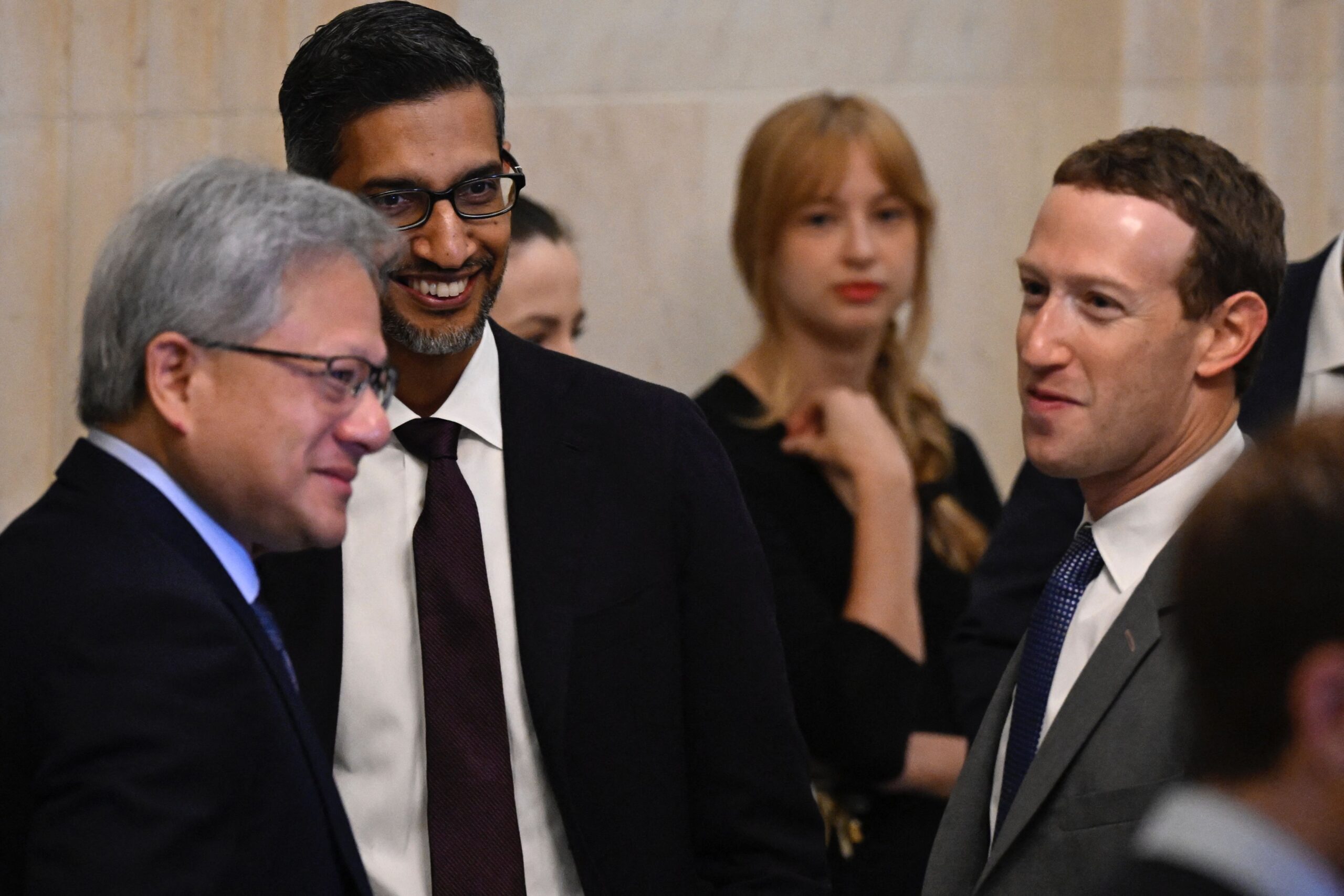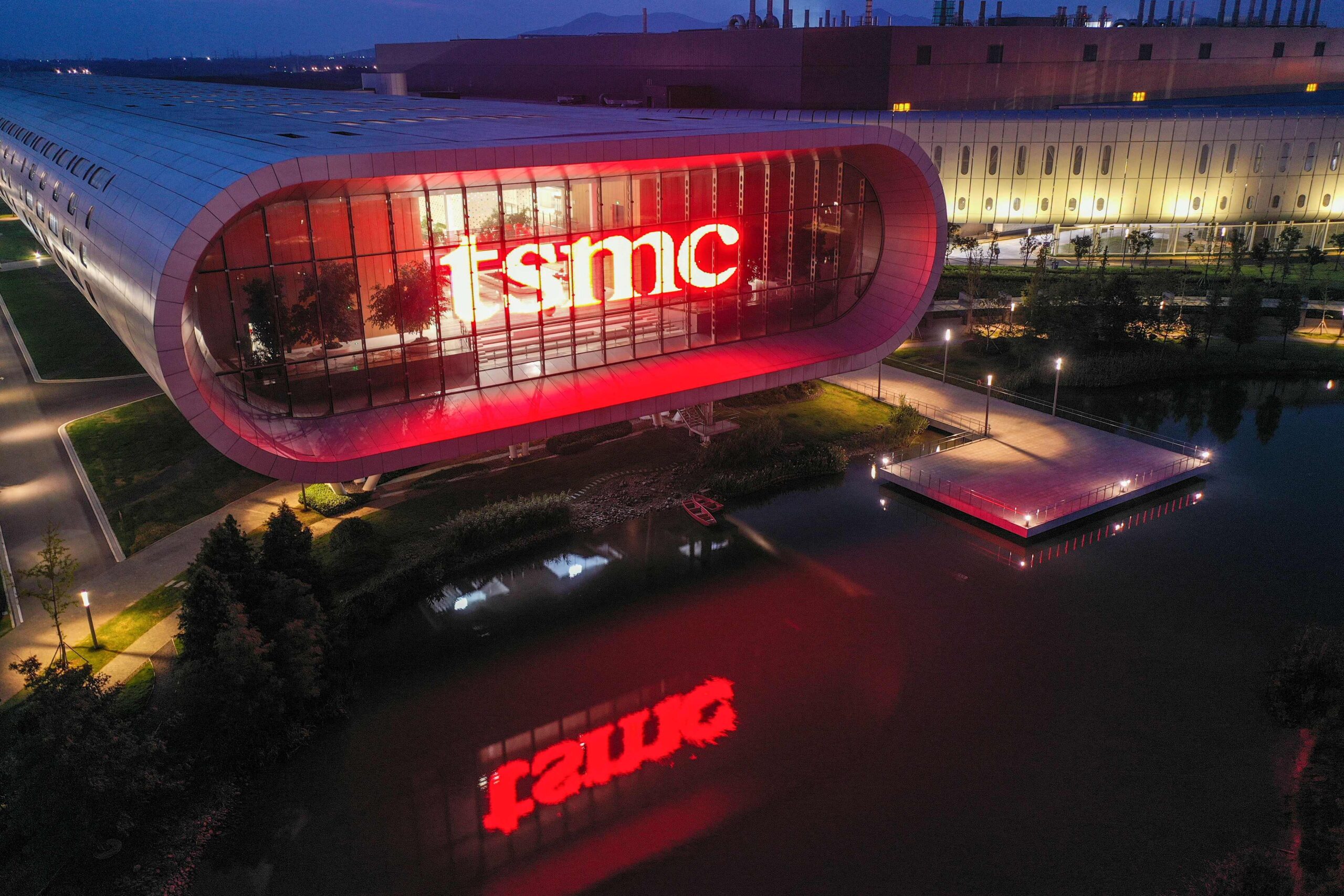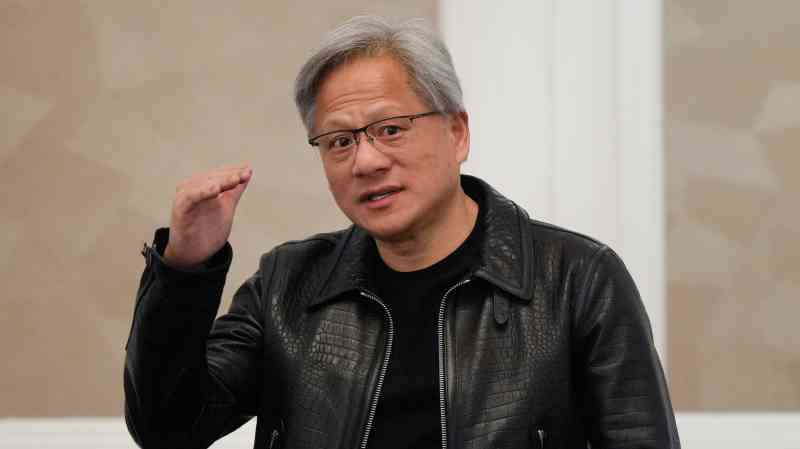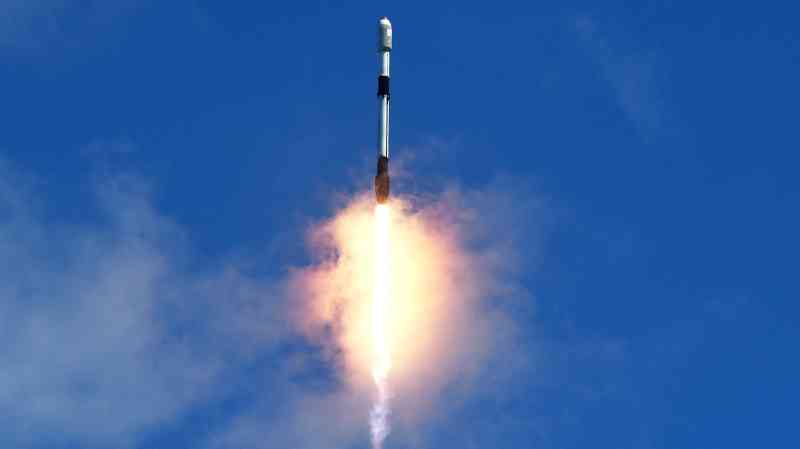How the AI frenzy put a rocket under chip maker Nvidia
Nvidia, the maker of graphics processing units (GPU), revealed last week that it earned $30 billion in annual profit — sales doubled to $61 billion. Nvidia’s stock surged 16.4 per cent to $785.38, valuing the company at $1.9 trillion. The only companies now more valuable than the Santa Clara-based company are Microsoft, Apple and Saudi Aramco.
GPUs about the size of a game console, are packed with tiny, ultra-powerful semiconductors. Fleets of GPUs can then work in concert, like a symphony, to process the oceans of data required to “train” AI models. Chat GPT, for example, took in the written internet and millions of books and then drew on those lessons to spit out answers to queries. The entire edifice is built on Nvidia’s GPUs, which the company has spent years developing. They were originally designed to render better video game graphics, but Nvidia surmised years ago that its core architecture could be repurposed for the complex “parallel processing” that the most complex AI models require. The upshot: Nvidia is years ahead of the competition.
The man behind the machine
Jensen Huang, chief executive of Nvidia, is the man behind the machine. The 61-year-old from Taiwan took a tough road to America. His parents had relocated to Thailand, but were alarmed at a bloody uprising that had broken out there, so sent Huang and his older brother, aged 9 and 10, to a boarding school in Kentucky. It was a rough place. There were knife fights. Huang cleaned latrines. But he credits it with giving him the grit he’d need later when he launched Nvidia in 1993. The company skirted bankruptcy when an early chip flopped. Three decades on, Nvidia is the indispensable AI company, selling the picks and shovels in the new gold rush. After last week’s share surge, Huang’s net worth gained $10 billion, putting his fortune at $69 billion. The kid who cleaned toilets is now one of the richest people in the world.
The race is on

The industry loves Nvidia’s GPUs but hates its prices. A single chip goes for between $25,000 and $40,000. If racks and racks of them are needed, that gets rather pricey rather quickly. Meta, for example, says this year alone it will buy 350,000 of Nvidia’s most advanced GPUs, known as the H100. At the low end, that is an investment of at least $9 billion. But Meta founder Mark Zuckerberg is not content to just keep writing cheques to Huang. He, with countless other tech leaders, has begun developing rival AI chips in-house. Masayoshi Son, the billionaire chief of SoftBank, is seeking to raise $100 billion for a new AI chip start-up that would lean heavily on Arm, the British chip designer he controls. OpenAI’s chief executive, Sam Altman, has begun talking to investors about raising an almost comical $7 trillion for new AI chips and infrastructure. The race is very much on.
A fly in the ointment

Taiwan Semiconductor Manufacturing Company (TSMC), the world’s most advanced semiconductor manufacturer, makes all Nvidia’s chips. Tensions have been rising with China, which considers Taiwan a rogue state that will be reintegrated into its sovereign territory. Washington introduced a fresh round of trade restrictions last year, barring Nvidia and its rivals from selling its most advanced products to China. Reports emerged recently that Chinese state entities had managed to acquire them anyway through third-party sellers.
Silicon Valley on alert
In Silicon Valley, a consensus has begun to coalesce about AI’s potential to transform virtually everything, from education to war. The corollary: China has come to be seen as the most important enemy of the West, one that must not be allowed to win the race for AI supremacy. And in the middle sits TSMC, the most important supplier of the most important piece of infrastructure of the dawning AI age. It is also the weak link in one of the greatest stories in modern business.




Post Comment